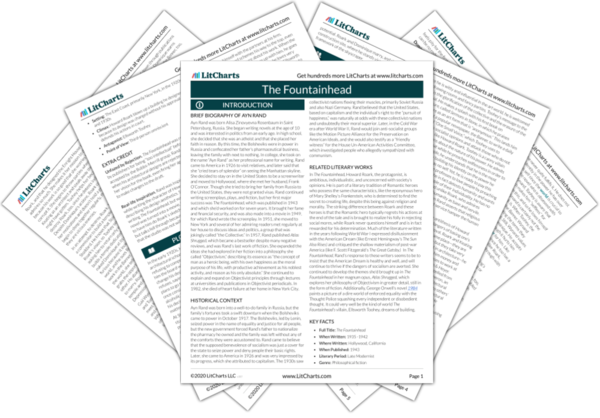picks Gus Webb to work with a group of established architects to remodel the Temple into a “home for subnormal children.” Toohey appreciates Webb’s crass honesty, and slowly shifts from championing for architectural commissions to praising Webb’s modern aesthetic. Webb, like , is aware that Toohey picks him for his mediocrity and he has made his peace with that. He does not deceive himself like Keating does.
